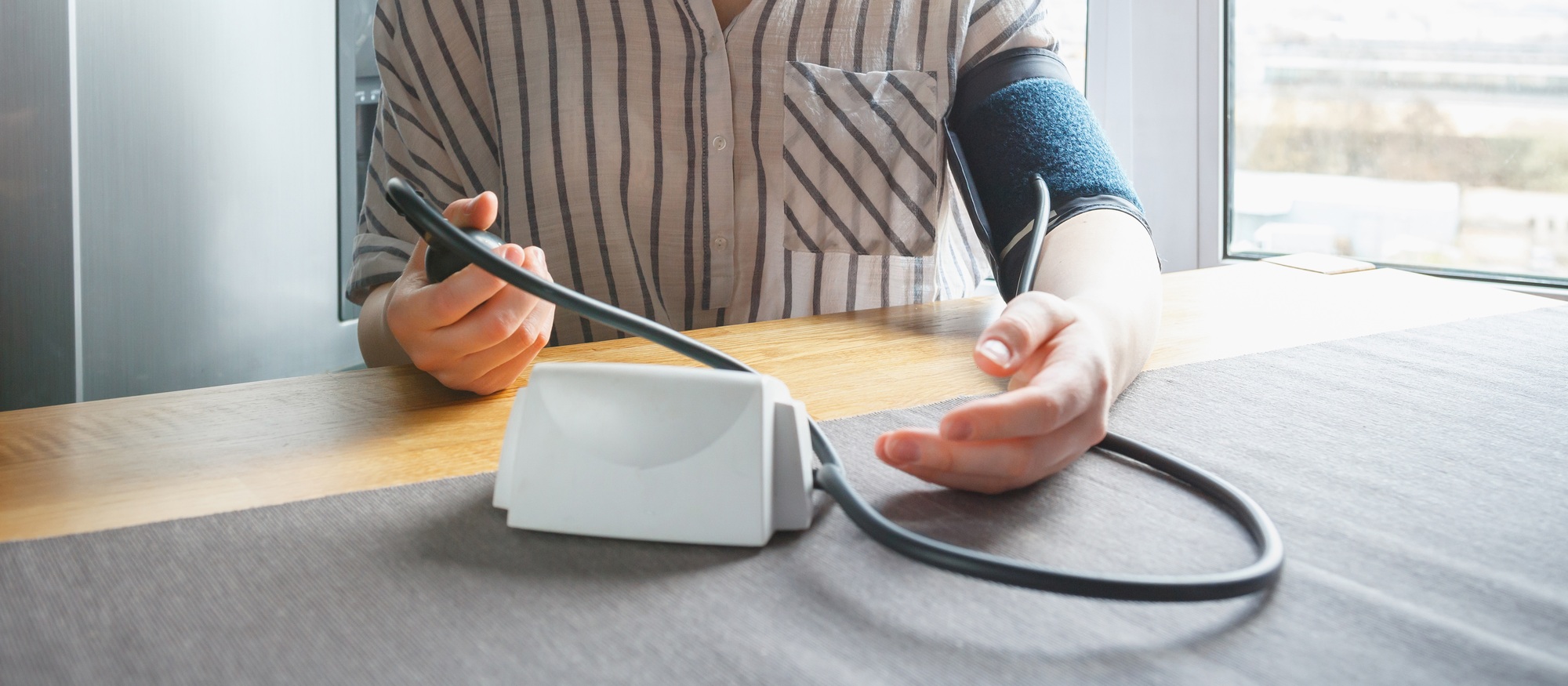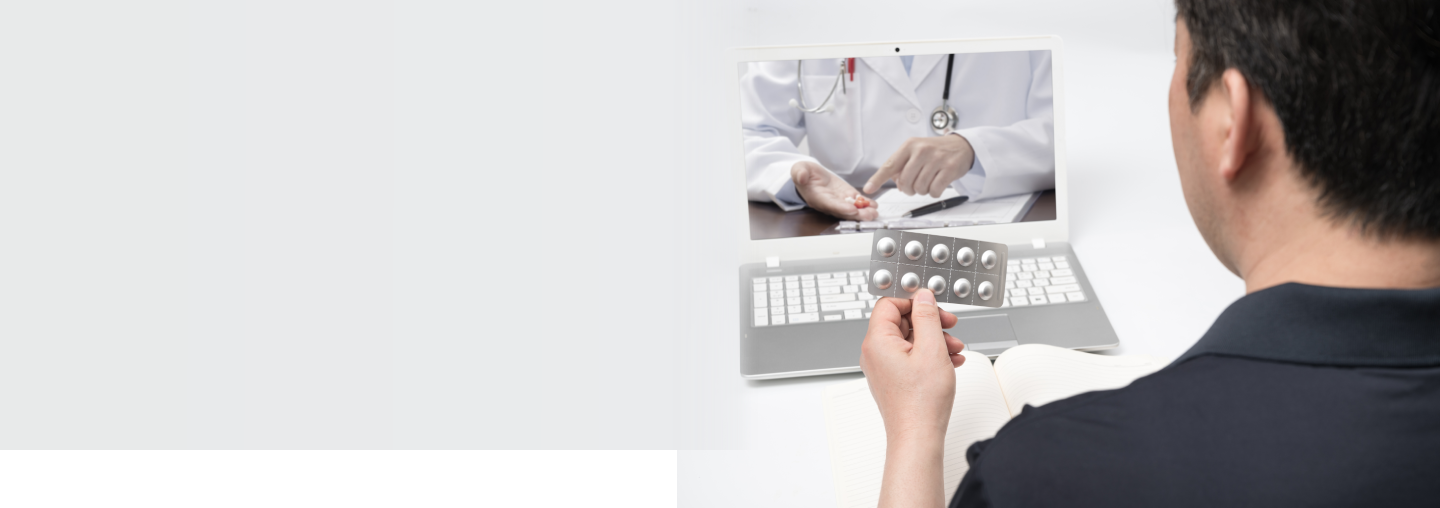Burnout can keep the best from wanting to open the doctor’s office each day
A national survey, The Physician Task Load and the Risk of Burnout Among US Physicians (The Joint Commission Journal on Quality and Patient Safety 2021; 47:76–85), describes the look and feel of an albatross around the necks of struggling providers. The metaphor is supported by the direct relationship between physician task load and burnout. Overburdened with tasks, providers struggle to reconcile workload and patient care, often sacrificing necessary social relationships and support. To guide improvement efforts, the study highlights two key areas for meaningful improvements: staffing and technology.
Until now, most solutions suggest an either/or scenario. Bring in more staff, on contract if necessary (which the study shows can degrade team spirit), or add technology. This is less than helpful. While technology is not going away, incorporating it well and in a hurry may be more trouble than it’s worth in a moment of crisis.
MIPS performance year 2022 (with payment year in 2024) offers fewer performance guard rails and exceptions–we’ve entered real-time quality improvement and performance measurement. It’s time to shake off the giant bird and figure out how to restore the feelings of camaraderie in the office to improve morale. Make a move to increase patient satisfaction and overall quality scores.
Capture the best of Q3-4 2022 MIPS, CCM, and RPM
Countless technology firms have pitched ways to code the work that captures maximum Part B reimbursement, but they often cost money up front resulting in a gamble because these alternative coding and billing schemas are unproven and risky. Meanwhile, the staff is exhausted. Some have left for greener pastures and others find their time monopolized with non billable activities for chronic care patients. To increase revenue, you need to land on the far right side of the curve and improve quality, reimbursement, staff and patient satisfaction. Something has to give.
Physician practices that accept Medicare are already enrolled in the Merit-Based Incentive Payment System (MIPS). Whether or not they have submitted data in the past, practices must prepare for the realities of performance-based payment now, not 2 years down the road. With the first quarter of Performance Year 2022 in the books, being inattentive for the balance of 2022 will have steep financial consequences in 2024 when payments are disbursed.
Practices need an effective, easy solution NOW
To grow revenue AND alleviate the issues of burnout, ideally you can work with a service that provides the staff resources to follow chronically ill patients and Medicare patients with two or more chronic conditions. They should provide technology to code and keep medical records for prompt reporting to CMS without introducing the stress of a steep technology learning curve.
PharmD Live offers patient-centered, chronic care management services that can alleviate the workload burden and assist with relevant coding and billing, improving practice morale and revenue in one simple step.
With an algorithm to identify at-risk patients, clinical pharmacists working on behalf of your practice use PharmD Live technology to capture relevant data.
Medicare programs for Chronic Care Management (CCM) and Remote Physiologic (Patient) Monitoring (RPM) are structured to provide billable time for the patients who will benefit from closer supervision between regular office visits. Patients achieve improved outcomes, and the practice is compensated for time spent on these activities. The benefits of having a PharmD monitoring medications and health indicators include elevating the remote care provided to identify and prevent adverse drug events and flag potential health issues.
“Pharmacists’ innovations touch our daily lives and, most importantly, pharmacists complete the care cycle for patients. PharmD Live’s pharmacist leaders are rooted in rigorous education and the highest standards of professionalism,” says PharmD Live CEO Cynthia Nwaubani, PharmD, BCGP, CMTM. Founded and managed by clinical pharmacists, PharmD Live offers disease and medication management solutions to identify and address disease care gaps and medication-related problems.
Choose the method and technology to stay ahead of the curve
The value of the PharmD Live approach to solving post-acute care was recognized by trend scouting and analysis firm StartUs Insights. In examining 762 global HealthTech startups and scaleups in 2021, they noted, “Staying ahead of the technology curve means strengthening your competitive advantage.” PharmD Live ranked in the top five.
The StartUs Insights recognition looked at post-acute care. PharmD Live is better known for its chronic care management services. Dr. Nwaubani explained the benefits of PharmD Live, “Medication misuse, underuse, and overuse is detrimental to patients and accounts for $300 billion in healthcare costs, which are both unsustainable and preventable.”
PharmD Live model is attractive for medical practices
MIPS tracking improves patient health and other targets. A potential financial gain is possible when paired with the CMS’ chronic care management and remote patient (physiologic) monitoring programs.
CMS reviews and adjusts various performance categories annually, at a minimum. PharmD Live’s practices are continuously updated to ensure your data collection and reporting reflect the rules.
PharmD Live provides chronic care management services to capture data for CCM and RPM reimbursement reports the primary care physician can submit for the 2022 performance year:
- Performance threshold: Establishes a performance threshold of 75 points, up 15 points from last year
- Performance category weights 2022 performance year/2024 payment year:
- 30% quality
- 30% cost
- Cost performance category: five episode cost measures were added to the cost category
- 15% improvement activities
- 25% promoting interoperability–reporting requirements have changed
Enroll in CCM and RPM programs with PharmD Live and pay nothing for implementation, no subscription fee, and benefit from additional quality measures identified by PharmD Live. Revenue is generated for both parties through the CMS reimbursement process the doctor’s office submits monthly to Medicare.
Links
www.startus-insights.com
www.startus-insights.com/innovators-guide/discover-5-top-post-acute-care-solutions-impacting-healthcare
www.pharmdlive.com
References
Webinar slides: Integrating Organizational Actions Toward Patient Safety and Clinical Wellbeing
Michael R Privitera MD MS Medical Director, University of Rochester Medical Center; Kate MacNamee MS Director of Design Research at Ximedica Senior Human Factors Engineer; July 15, 2021 https://www.ama-assn.org/system/files/organizational-actions-toward-patient-safety-webinar-slides.pdf








